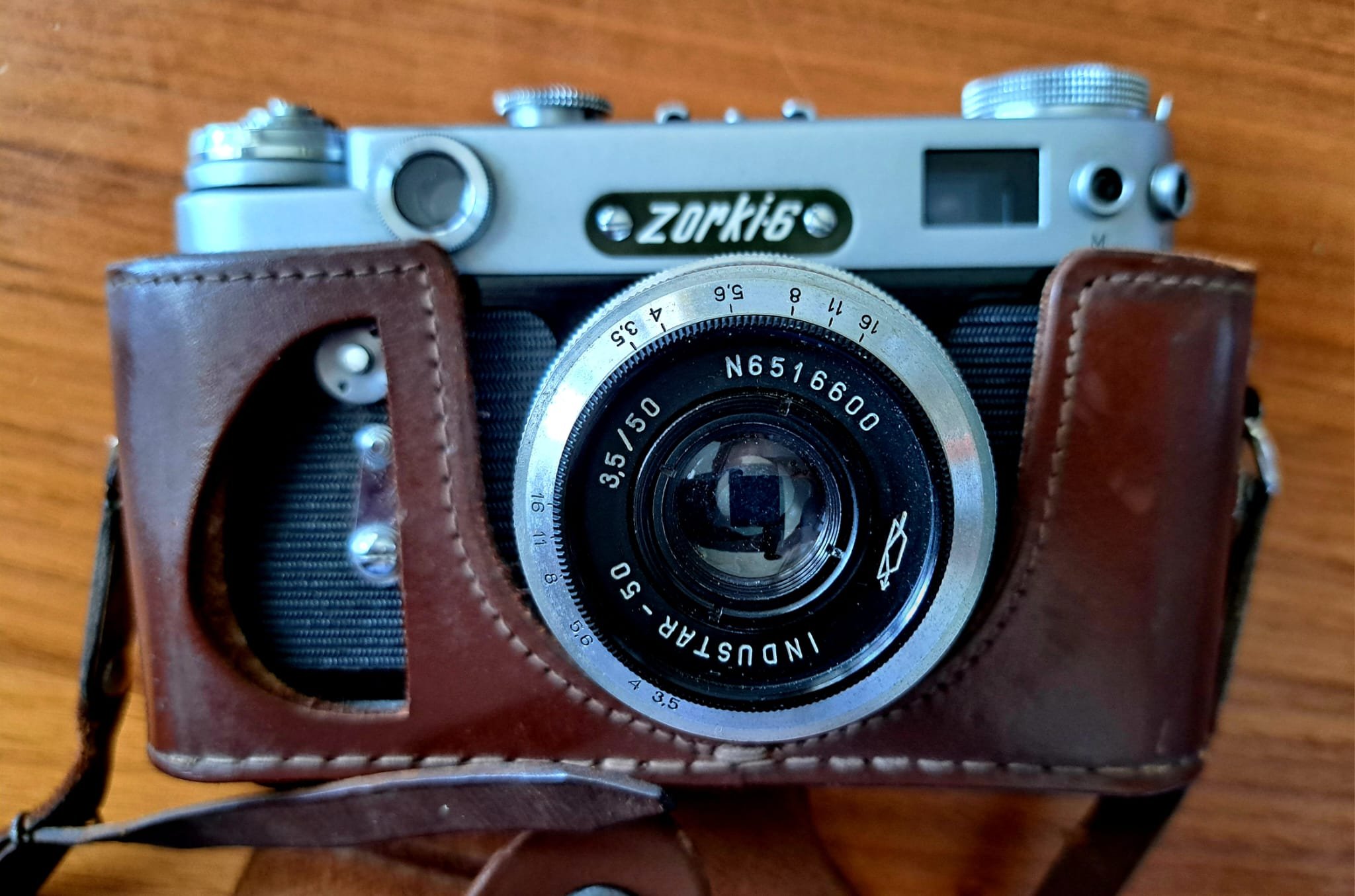Venice Articles by Marco Secchi on Substack
/Venice Articles by Marco Secchi
A curated collection of Venice-focused posts from Marco Secchi’s Substack — including photography tips, hidden places, cultural stories, and practical insights into the city. Each article is verified and live. Updated regularly.
📸 Photographing Venice
- Photographing Venice
Visual inspiration and strategy for capturing the city’s light, mood, and rhythm. - Why Autumn in Venice Is a Gift to Photographers
Low sun, wet stones, no crowds — the magic of Venice in the off-season. - Venice Through Different Lenses
Perspective, prime choices, and what gear works best in La Serenissima. - The Timeless Charm of B&W Photography in Venice
Contrast, texture, and mood — Venice in monochrome.
🗺️ Hidden Corners & Local Culture
- A Venice Garden Hidden for 500 Years
One of the city’s last green sanctuaries — and how to find it. - Exploring the Hidden Gem of Venice
Beyond Piazza San Marco: where the locals still live, walk, and shoot. - The Spots Everyone Misses: Where to Shoot in Venice
Back alleys, reflections, and overlooked gems. - Exploring Cannaregio: A Photographer’s Guide
The most lived-in, real sestieri in Venice — and why it matters.
🍴 Food, Lifestyle & Everyday Venice
- The Art of Tramezzini in Venice
Soft, overstuffed, and essential — the soul of Venetian snacking. - A Journey Through Venice’s Best Cocktail Bars
The perfect negroni, local hangouts, and tipsy routes through the calli. - Exploring Venice One Sip at a Time
From coffee to spritz — Venice, seen (and sipped) through a glass.
🎭 Events, Seasons & Reflections
- Venice Carnival: Beyond the Masks
Locals, lenses, and what most visitors miss entirely. - Venice When It Whispers
Walking at dawn, hearing your own steps — the real soundtrack of the city. - Stravedamento Venice
Race day, fog, and the beauty of Venetians doing what they love.
→ Full archive: marcosecchi.substack.com/archive


































